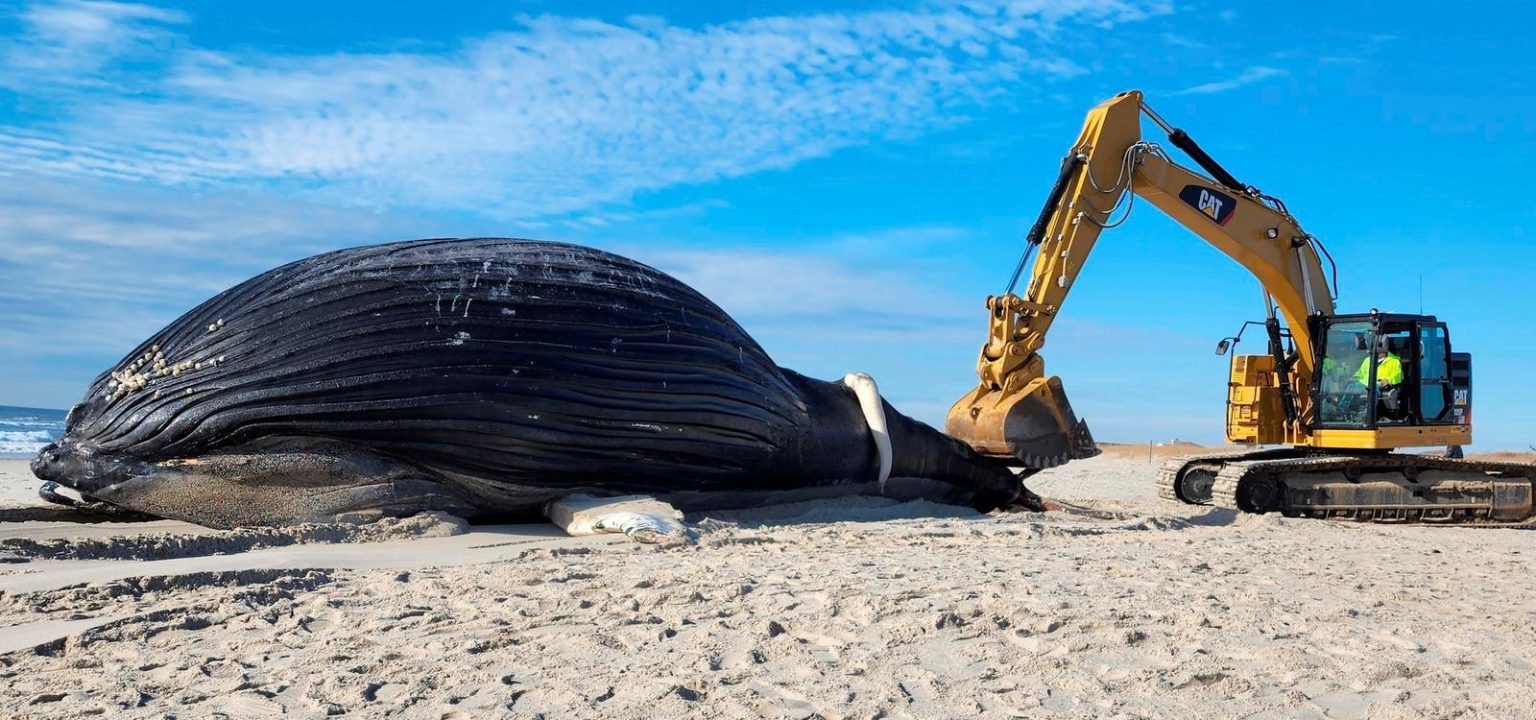In the past, the whaling industry thrived in the northeastern United States, with harpooned whales providing prized whale oil for lighting lamps. Today, however, the sight of dead whales on the ocean’s edge presents a stark contrast. Scientists are puzzled by the increase in humpback whale deaths, with over 30 recorded in Virginia since 2016 and a similar number in North Carolina. While some speculate that offshore wind industry activities may be to blame, there is no conclusive evidence linking them to whale fatalities.
The current scientific consensus points towards a combination of increased whale and human activity as the cause of the rising whale deaths. Cleaner water and successful environmental protection policies may have led to an increase in whale populations, resulting in more collisions with shipping and fishing vessels or entanglement in fishing nets. While awaiting concrete answers, the majestic nature of these marine mammals is evident even in death, inspiring wonder in those who encounter them.
Humpback whales are known for their acrobatic displays, haunting songs, and long migrations between feeding and breeding grounds. Threats such as commercial whaling, habitat degradation, entanglement in fishing gear, and vessel collisions have posed challenges for humpback whale populations. Autopsies of stranded whales suggest that collisions with shipping or fishing vessels may have caused their deaths, highlighting the dangers they face in busy maritime waters.
When large humpback whales wash ashore, experts conduct autopsies to determine the cause of death, often finding evidence of vessel collisions. Burials on the beach are necessary due to the whales’ immense size, requiring heavy construction equipment for the task. Unique features like ventral grooves on humpback whales facilitate their filter feeding behavior, allowing them to engulf large volumes of water and prey by expanding their throats. The presence of these grooves is a key characteristic of humpback whales’ feeding strategy.
While humpback whales are among the largest mammals in the ocean, they are not the largest whales overall. Blue whales and fin whales exceed humpbacks in size, but humpbacks still command attention with their impressive dimensions and iconic pectoral fins. Despite their imposing stature, humpback whales are known for their acrobatic displays that captivate onlookers. Their symbolic significance as giants of the sea underscores the importance of protecting these awe-inspiring creatures for future generations to appreciate.
Four Images Depicting the Tragic Story of Humpback Whale Mortalities Along the East Coast
Keep Reading
Subscribe to Updates
Get the latest creative news from FooBar about art, design and business.
© 2025 Globe Timeline. All Rights Reserved.


